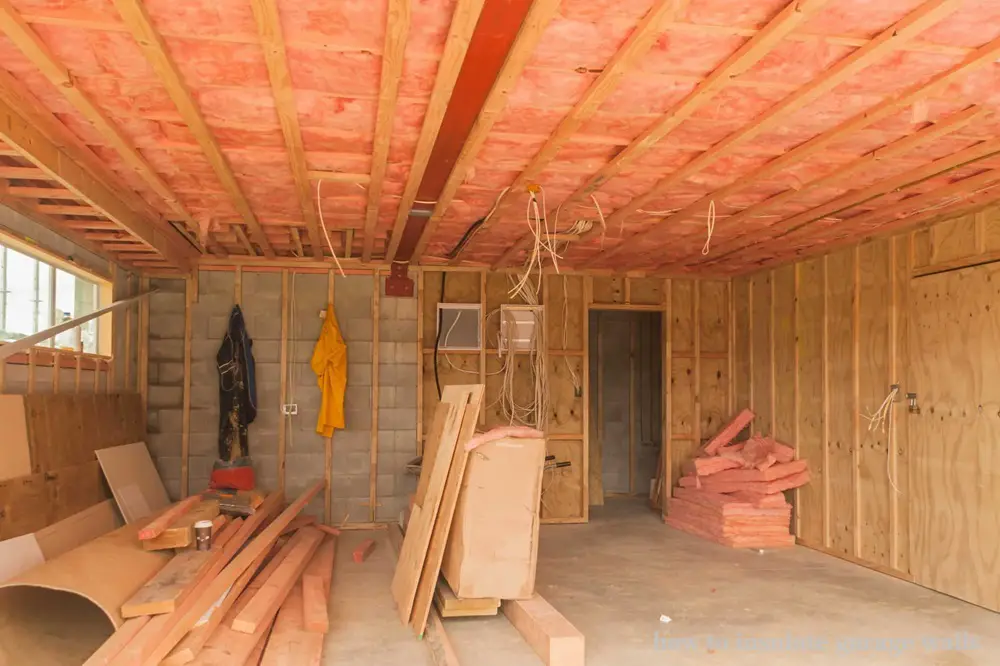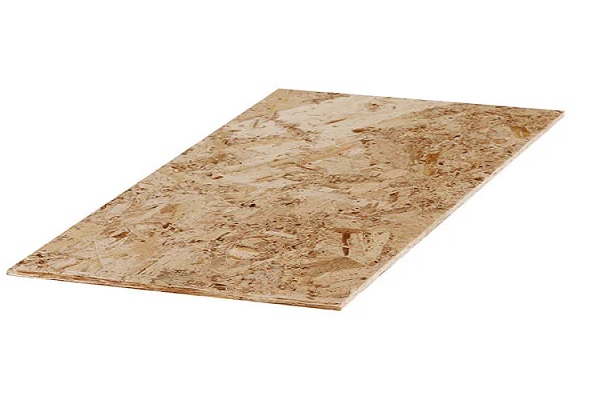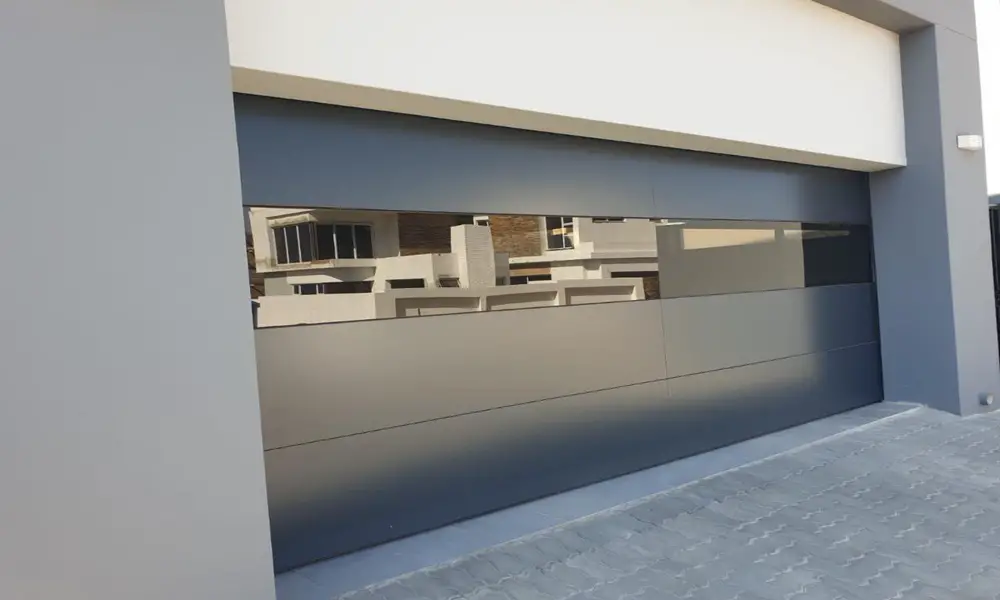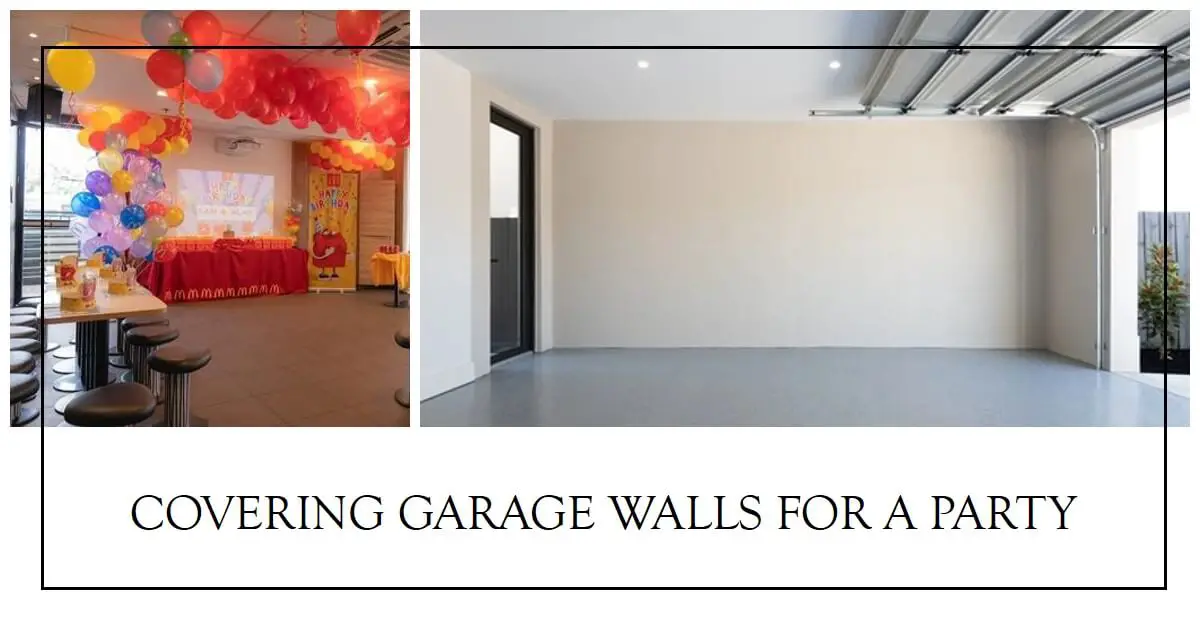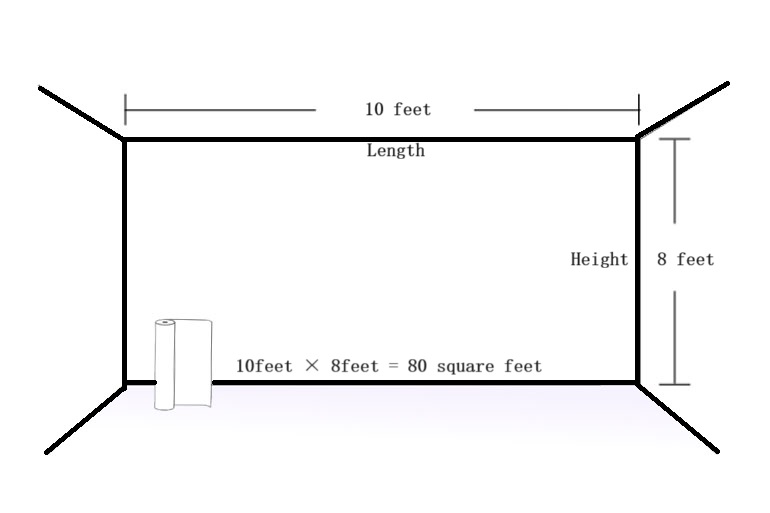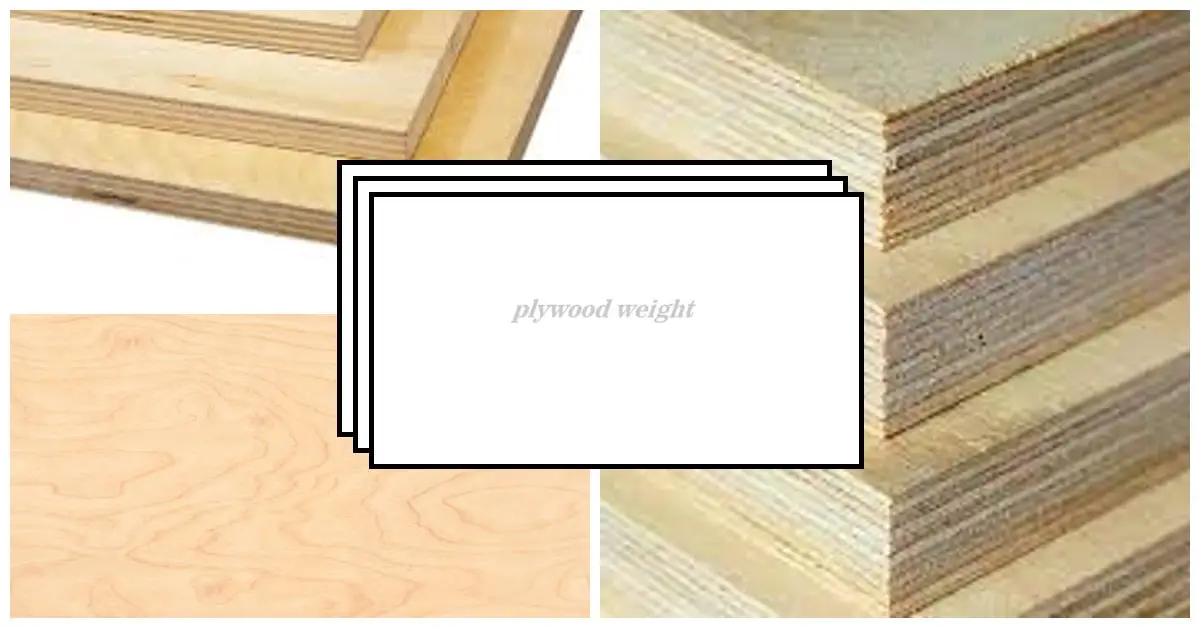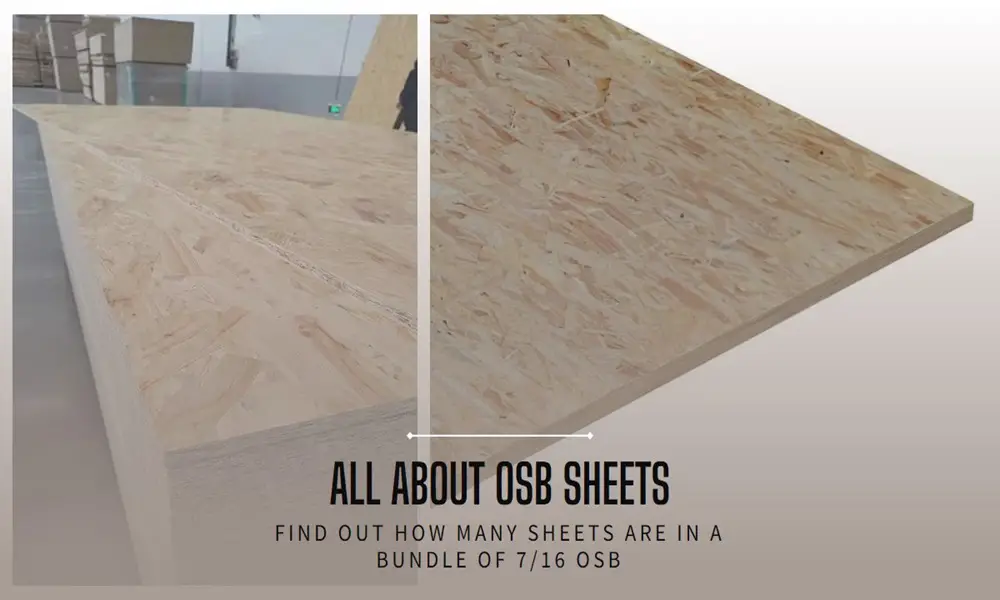Importance of Insulating Garage Walls
Your garage may serve various purposes, from storing your vehicles to functioning as a workshop or additional living space. Proper insulation is crucial as it helps regulate temperature, making the space more comfortable year-round. Additionally, a well-insulated garage contributes to overall energy efficiency, leading to cost savings on heating and cooling.
Energy Efficiency and Cost Savings
An insulated garage helps maintain a consistent temperature, reducing the strain on your home’s heating and cooling systems. This, in turn, leads to lower energy bills, creating a more sustainable and cost-effective living environment.
Assessing Your Garage
Identifying Insulation Needs
Before diving into the insulation process, assess your garage’s specific needs. Consider the current insulation, if any, and identify areas that may require improvement.
Measuring Wall Dimensions
Accurate measurements are crucial for purchasing the right amount of insulation material. Measure the length, width, and height of each wall to determine the total square footage needed.
Evaluating Existing Insulation
If your garage already has insulation, assess its condition. Determine whether it needs reinforcement or if a complete replacement is necessary.
Types of Insulation Materials
Fiberglass Insulation
Fiberglass insulation is a popular choice due to its affordability and effectiveness. It comes in rolls or batts and is relatively easy to install.
Foam Board Insulation
Foam board insulation offers excellent thermal resistance and is suitable for both new constructions and retrofitting existing walls.
Reflective Foil Insulation
Reflective foil insulation is ideal for areas with radiant heat concerns. It reflects heat away, maintaining a comfortable temperature in the garage.
Preparing for Insulation
Cleaning the Walls
Before installing insulation, ensure the walls are clean and free of debris. A clean surface promotes better adhesion and longevity of the insulation.
Addressing Moisture Issues
Inspect for any moisture-related problems, such as leaks or condensation. Addressing these issues before insulation prevents potential damage to the insulation material.
Repairing Any Damages
Patch up any holes, cracks, or damages to the walls. A well-prepared surface ensures a smoother insulation process.
Steps for Installing Insulation
Installing Fiberglass Insulation
- Measure and Cut: Measure the distance between studs and cut fiberglass insulation accordingly.
- Place Between Studs: Insert the cut insulation between wall studs, ensuring a snug fit.
- Secure in Place: Use a staple gun to secure the insulation in place, avoiding compression.
Applying Foam Board Insulation
- Cut to Size: Cut foam board panels to match the dimensions of your walls precisely.
- Adhere to Walls: Use construction adhesive to firmly adhere the foam board panels to the walls.
- Seal Gaps: Fill any gaps between panels with foam board adhesive or caulk to create a seamless barrier.
Installing Reflective Foil Insulation
- Unroll and Staple: Unroll reflective foil insulation and staple it horizontally to cover the walls.
- Overlap Seams: Ensure the seams overlap to create a continuous barrier.
- Seal Edges and Seams: Use foil tape to seal edges and seams, preventing heat transfer.
Common Mistakes to Avoid
Incorrect Installation Techniques
Avoid compressing insulation material, as it reduces its effectiveness. Follow manufacturer guidelines for proper installation techniques.
Neglecting Proper Ventilation
Ensure proper ventilation to prevent moisture buildup, which can lead to mold and damage the insulation.
Overlooking Safety Precautions
Wear appropriate protective gear, such as gloves and goggles, when handling insulation materials. Follow safety guidelines to prevent accidents during installation.
Benefits of Properly Insulating Garage Walls
Temperature Regulation
A well-insulated garage maintains a comfortable temperature, making it usable year-round for various purposes.
Protection Against External Elements
Insulation acts as a barrier, protecting your garage and its contents from extreme weather conditions.
Enhanced Durability of the Structure
Proper insulation contributes to the longevity of your garage, preventing potential damage from temperature fluctuations and moisture.
FAQs
How Much Insulation Do I Need?
The amount of insulation depends on the garage’s size and the chosen insulation material. Measure the walls and consult product guidelines for accurate quantities.
Can I Insulate My Garage Walls Myself?
Yes, many insulation materials are DIY-friendly. However, follow proper safety precautions and installation guidelines for optimal results.
What Is the Cost of Insulating Garage Walls?
Costs vary based on the chosen insulation material and the garage’s size. Generally, it’s a cost-effective investment with long-term benefits.
How Long Does the Insulation Process Take?
The duration depends on the insulation type and the size of the garage. Plan for a weekend or a few days for a comprehensive installation.
Are There Any Government Incentives for Insulation?
Check local and federal programs for potential incentives or tax credits for energy-efficient home improvements.
Conclusion
In conclusion, insulating garage walls is not just a home improvement task; it’s a strategic move towards a more energy-efficient and comfortable living space. By following these guidelines and choosing the right insulation material, you can transform your garage into a functional and well-regulated area, contributing to both your immediate comfort and long-term cost savings.
